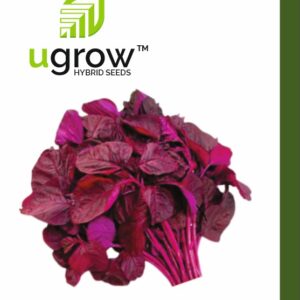“Gwar,” also known as guar or cluster bean, is a drought-tolerant annual legume that is primarily cultivated for its beans. It’s commonly grown in arid and semi-arid regions and is native to India and Pakistan. The beans are used both as a vegetable and for extracting guar gum, a substance used in food, pharmaceuticals, and industries like oil drilling.
Here’s a guide on how to grow gwar:
- Climate and Soil: Gwar thrives in hot and dry climates. It requires well-draining sandy or loamy soil with good fertility. It can tolerate a wide range of pH levels but prefers slightly alkaline soils (pH 7.0 to 8.0).
- Planting Time: Gwar is typically planted after the last frost date when the soil has warmed up. It’s crucial to wait until the soil temperature reaches at least 68-70°F (20-21°C) for optimal germination.
- Planting Method: Gwar can be directly sown into the ground or in raised beds. Sow seeds about 1 to 2 inches deep and space them about 6 to 8 inches apart in rows that are 18 to 24 inches apart.
- Watering: Initially, provide enough water to help seeds germinate and seedlings establish themselves. Once established, gwar is relatively drought-tolerant and doesn’t require frequent watering. Water sparingly, allowing the soil to dry between waterings.
- Fertilization: Incorporate organic matter like compost into the soil before planting. Gwar doesn’t usually require heavy fertilization but can benefit from a balanced fertilizer application if the soil lacks nutrients.
- Weed Control: Keep the area around gwar plants free from weeds. Mulching can help suppress weeds and retain soil moisture.
- Support: In some cases, gwar plants may benefit from support. Staking or providing small trellises can help support the plants as they grow.
- Pests and Diseases: Gwar is relatively resistant to pests and diseases. However, keep an eye out for common pests like aphids or caterpillars and treat them accordingly.
- Harvesting: The pods are usually ready for harvest about 60-90 days after planting. Harvest the pods when they are young and tender, typically around 2 to 4 inches long. Use a knife or scissors to cut the pods from the plant.
- Storage: Use harvested pods immediately for cooking. They can also be blanched and frozen for later use.
Gwar is a versatile and resilient crop, but its cultivation might require adjustments based on specific local conditions. Always consider your local climate, soil characteristics, and any specific growing recommendations for the best results.














Reviews
There are no reviews yet.